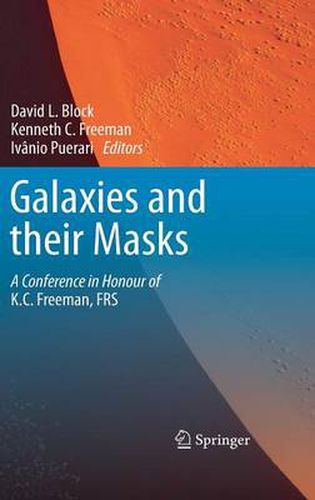Readings Newsletter
Become a Readings Member to make your shopping experience even easier.
Sign in or sign up for free!
You’re not far away from qualifying for FREE standard shipping within Australia
You’ve qualified for FREE standard shipping within Australia
The cart is loading…






This title is printed to order. This book may have been self-published. If so, we cannot guarantee the quality of the content. In the main most books will have gone through the editing process however some may not. We therefore suggest that you be aware of this before ordering this book. If in doubt check either the author or publisher’s details as we are unable to accept any returns unless they are faulty. Please contact us if you have any questions.
The year: 1660. The date: November 28. Present: The Lord Brouncker, Mr Boyle, Mr Bruce, Sir Robert Moray, Sir Paule Neile, Dr Wilkins, Dr Goddard, Dr Petty, Mr Ball, Mr Hooke, Mr Wren, and Mr Hill. Occasion: A lecture by Mr Wren at Gresham College, United Kingdom. AfterChristopherWrenhaddeliveredhislectureatGreshamCollegeonthathistoric occasion in November 1660, they did according to the usual manner, withdraw for mutual converse. It was in 1660 that the Royal Society was founded, with 12 persons present. This year, 2010, is thus a special year for scientists worldwide: it celebrates the 350th anniversary of the founding of the Royal Society, whose current President is Martin Rees. One of the enormous challenges facing scientists in the 1600s was the great need fortheclassi cationofobjectstheywerestudying,particularlyinthe eldofbotany. The seeds for classi cation lie in the works of the British naturalist John Ray (1628-1705), who commencing in 1660 with hisCatalogusplantarumcirca Cantabrigiamnascentium (Catalogue of Cambridge Plants) - published in the year in which the Royal Society was founded - and ending with the posthumous publi- tion ofSynopsisMethodicaAviumetPiscium in 1713, pioneered systematic studies on plants, birds, mammals, sh, and insects.
$9.00 standard shipping within Australia
FREE standard shipping within Australia for orders over $100.00
Express & International shipping calculated at checkout
This title is printed to order. This book may have been self-published. If so, we cannot guarantee the quality of the content. In the main most books will have gone through the editing process however some may not. We therefore suggest that you be aware of this before ordering this book. If in doubt check either the author or publisher’s details as we are unable to accept any returns unless they are faulty. Please contact us if you have any questions.
The year: 1660. The date: November 28. Present: The Lord Brouncker, Mr Boyle, Mr Bruce, Sir Robert Moray, Sir Paule Neile, Dr Wilkins, Dr Goddard, Dr Petty, Mr Ball, Mr Hooke, Mr Wren, and Mr Hill. Occasion: A lecture by Mr Wren at Gresham College, United Kingdom. AfterChristopherWrenhaddeliveredhislectureatGreshamCollegeonthathistoric occasion in November 1660, they did according to the usual manner, withdraw for mutual converse. It was in 1660 that the Royal Society was founded, with 12 persons present. This year, 2010, is thus a special year for scientists worldwide: it celebrates the 350th anniversary of the founding of the Royal Society, whose current President is Martin Rees. One of the enormous challenges facing scientists in the 1600s was the great need fortheclassi cationofobjectstheywerestudying,particularlyinthe eldofbotany. The seeds for classi cation lie in the works of the British naturalist John Ray (1628-1705), who commencing in 1660 with hisCatalogusplantarumcirca Cantabrigiamnascentium (Catalogue of Cambridge Plants) - published in the year in which the Royal Society was founded - and ending with the posthumous publi- tion ofSynopsisMethodicaAviumetPiscium in 1713, pioneered systematic studies on plants, birds, mammals, sh, and insects.